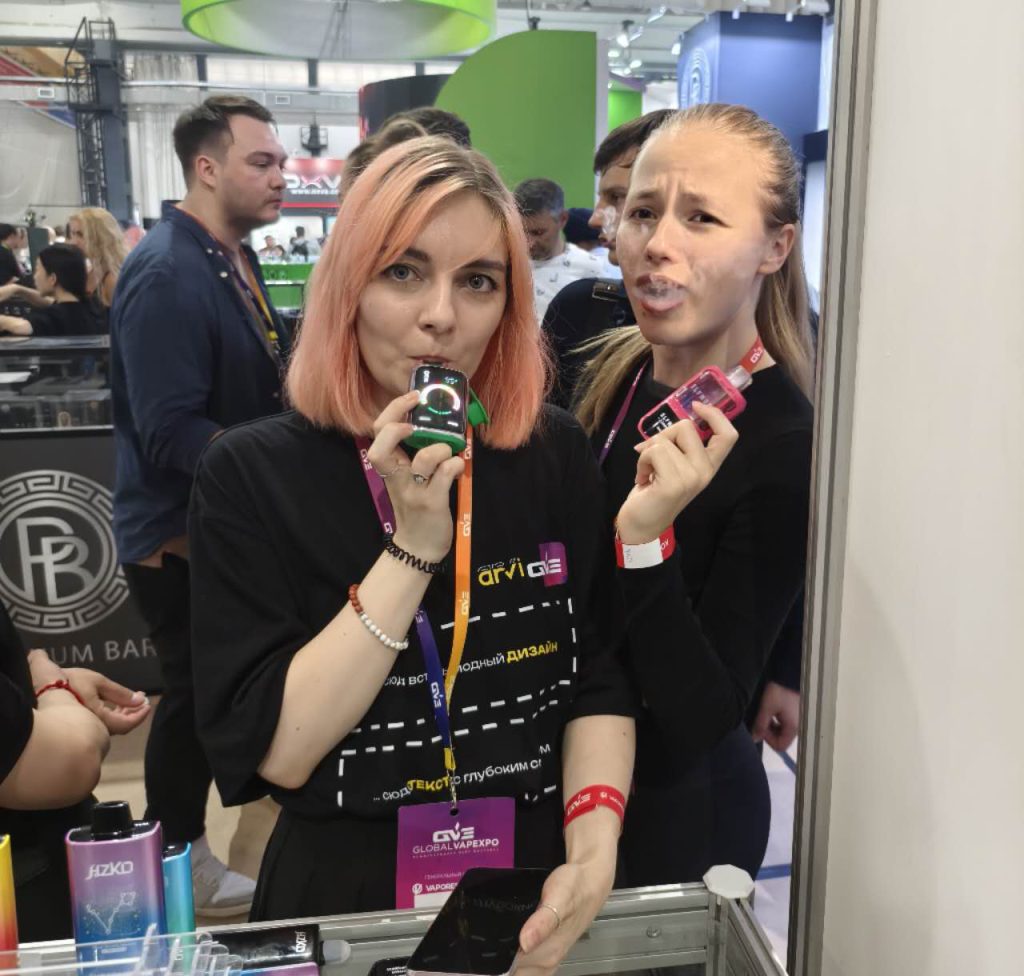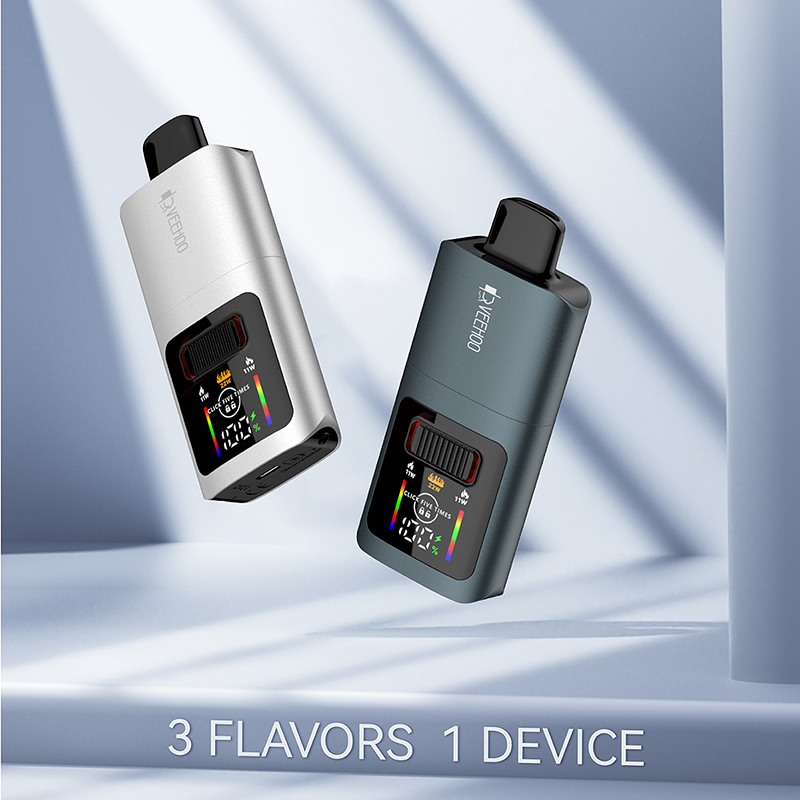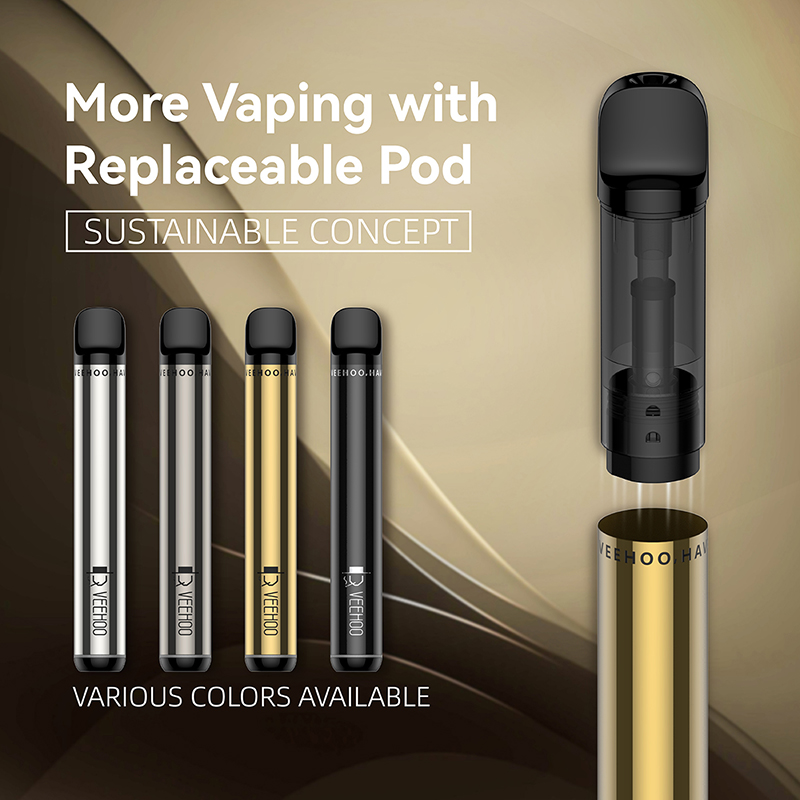The South Korean government’s regulatory legislation around synthetic nicotine has reached an impasse, and the contradiction between traditional tobacco retailers and the emerging e-cigarette industry has become increasingly acute. As of February 2025, the National Assembly’s Planning and Finance Committee has not yet passed an amendment to include synthetic nicotine in the Tobacco Business Act, resulting in about 127,000 traditional tobacco retailers who comply with existing regulations facing the risk of “reverse discrimination”.
The current law only imposes strict sales distance restrictions and tax policies on traditional tobacco retailers, while synthetic nicotine e-cigarettes are not defined as “tobacco products” and do not need to comply with similar regulations. Currently, about 4,000 synthetic nicotine e-cigarette sellers in South Korea can freely choose their locations and even open stores around schools, in sharp contrast to traditional retailers.

The Electronic Cigarette Manufacturers Association criticized the policy delay as “indulging illegal merchants”, causing traditional retailers to bear more compliance costs but lose their competitive advantage. The Ministry of Finance opposed the amendment on the grounds that “the safety of synthetic nicotine has not been verified”, believing that defining it as a tobacco raw material too early may cause public health risks.
The National Assembly intends to expand the definition of “tobacco raw materials” from “tobacco leaves” to “nicotine” and require synthetic nicotine e-cigarettes to pay taxes equivalent to traditional cigarettes (about 3,275 won per piece). To ease the impact, the government plans to provide a two-year transition period for small businesses, during which time the tax will be reduced by 50%, but this move has been opposed by the e-cigarette industry, which believes that it favors traditional retailers.

Due to the lack of supervision, synthetic nicotine e-cigarettes can be promoted to teenagers through platforms such as YouTube, or circulated in the name of “fake cigarettes” in e-commerce channels, further squeezing the survival space of traditional retailers.
In the context of policy uncertainty, some e-cigarette companies have begun to actively adjust their strategies. For example, the multinational brand VEEHOO has taken the following measures to deal with potential supervision:
Gradually reduce the content of synthetic nicotine and develop alternative products based on natural tobacco extracts to reduce policy risks; set up an age verification system for offline stores and prohibit the opening of new stores within 500 meters of schools, which is consistent with the “youth protection” principle advocated by the government. Participate in the formulation of e-cigarette ingredient disclosure standards and promote the establishment of a unified nicotine concentration detection system to enhance industry transparency.

The essence of the controversy over synthetic nicotine in South Korea is the redistribution of interests between traditional industries and emerging markets. To resolve the contradiction, the following goals need to be achieved: accelerate legislation to fill regulatory loopholes, clarify the toxicological evaluation framework for synthetic nicotine, and avoid “one-size-fits-all” damage to small and medium-sized enterprises; promote cooperation between e-cigarette companies and traditional retailers, such as allowing compliant e-cigarettes to enter the traditional tobacco sales network and share channel resources;
Strengthen the enforcement of youth sales bans, impose high fines on illegal businesses, and curb the penetration of nicotine products into minors. This regulatory tug-of-war is not only about market fairness, but also tests South Korea’s policy wisdom in the governance of new addictive substances.
Tags: South Korean synthetic nicotine regulation, strengthen youth sales ban enforcement, e-cigarette payment, veehoo vape
